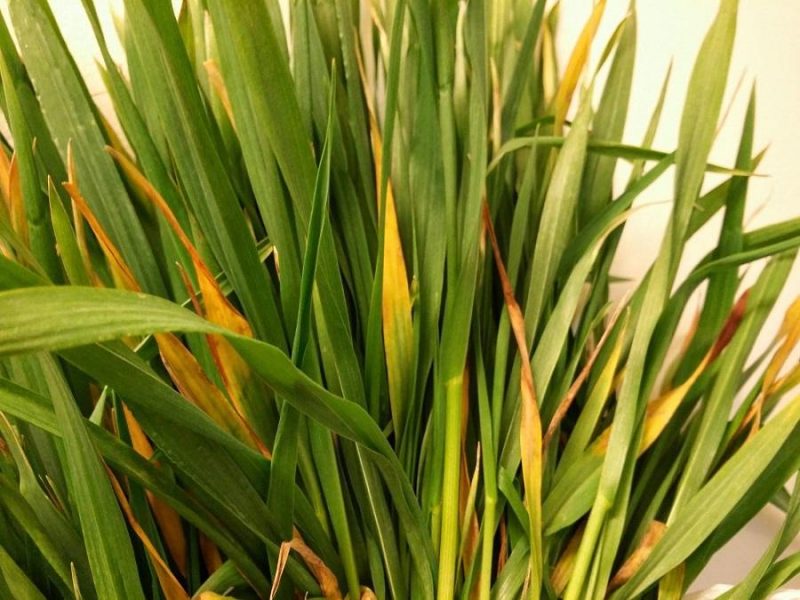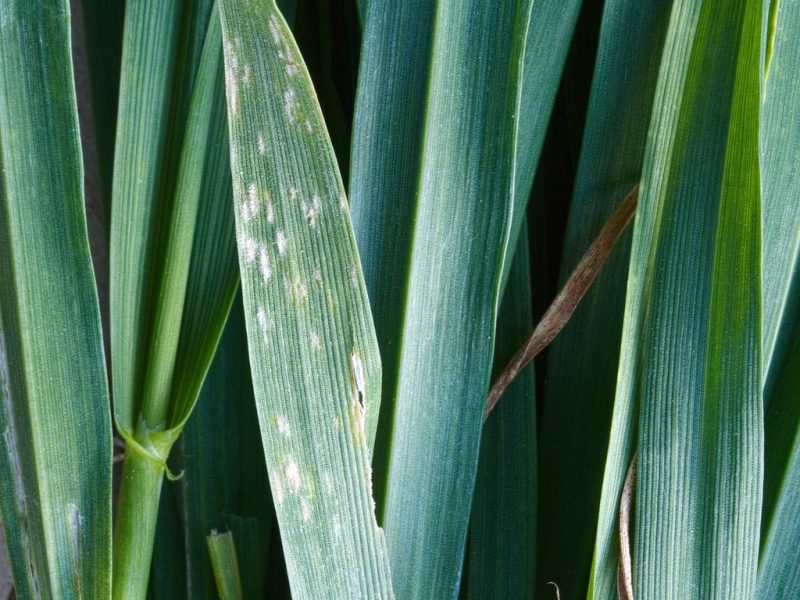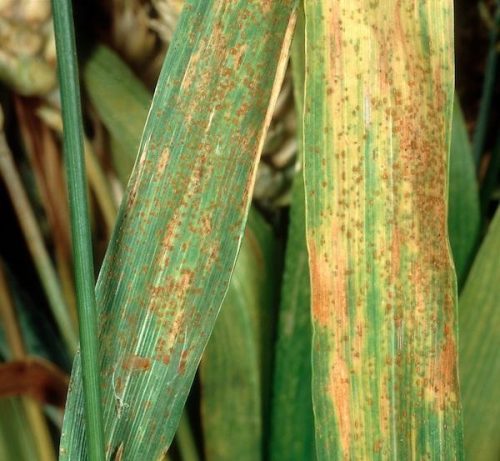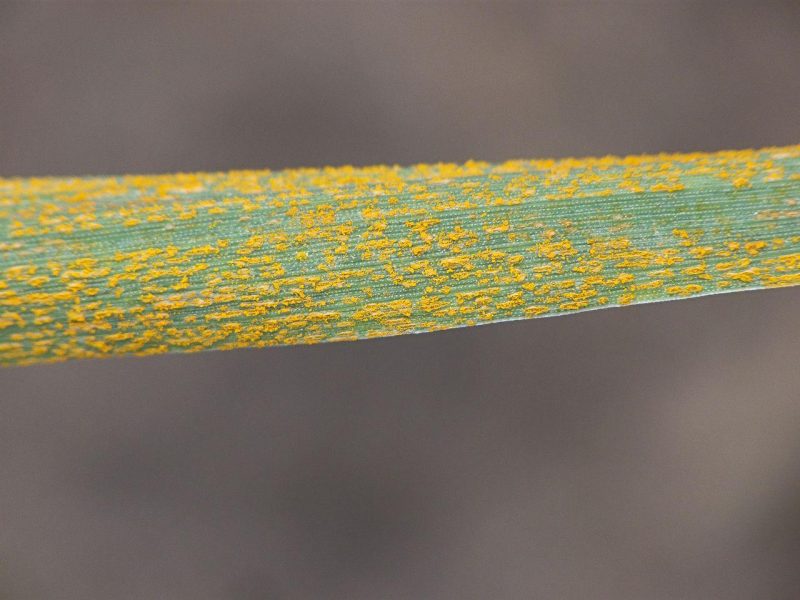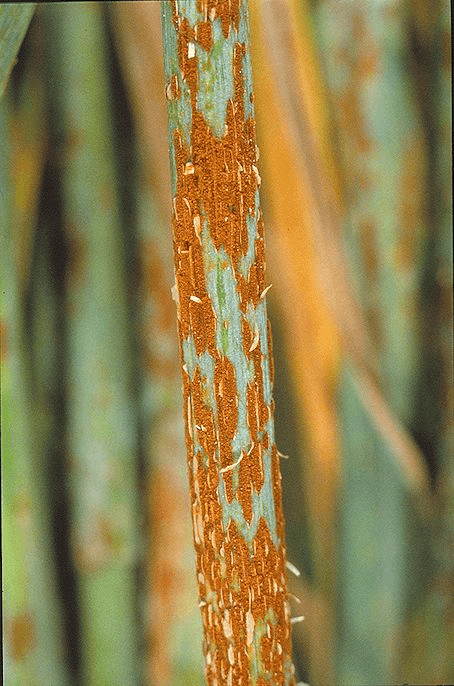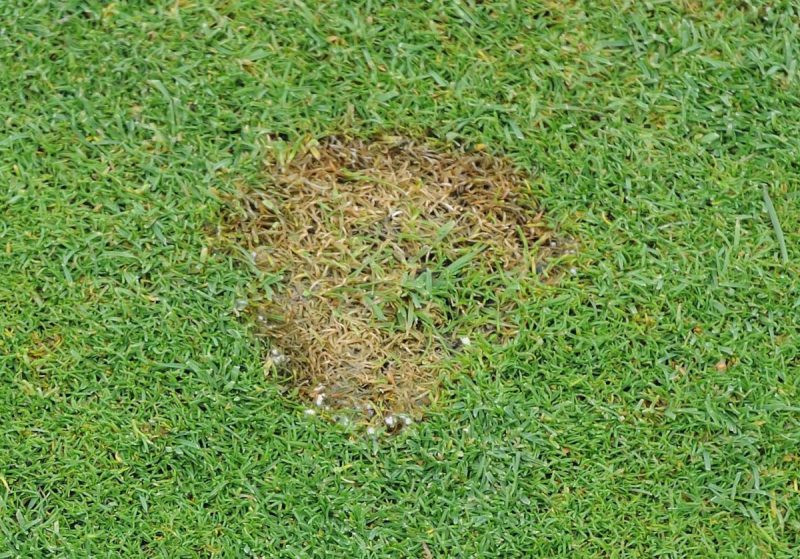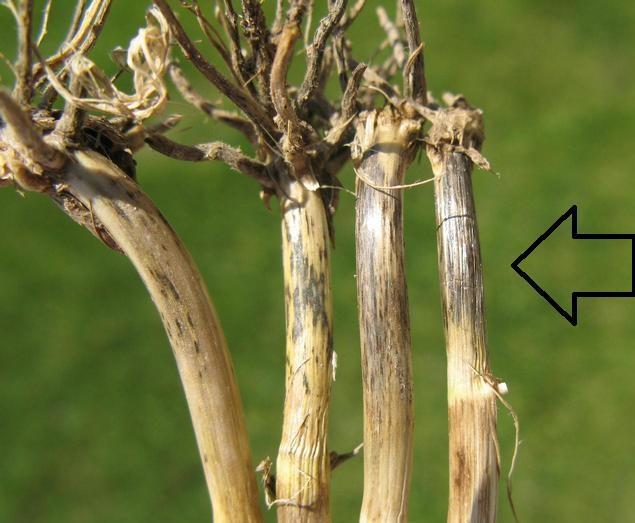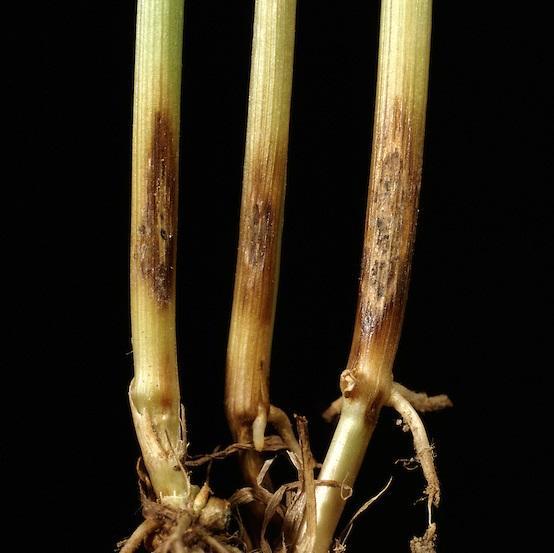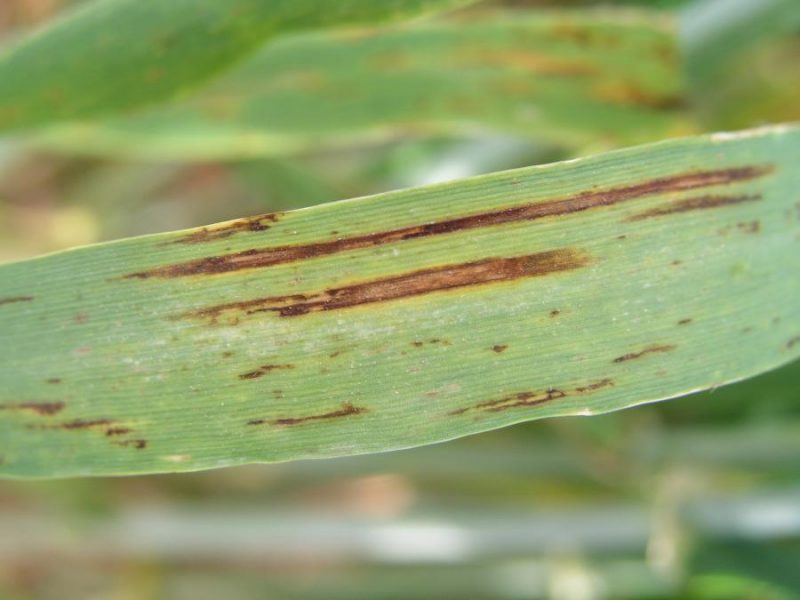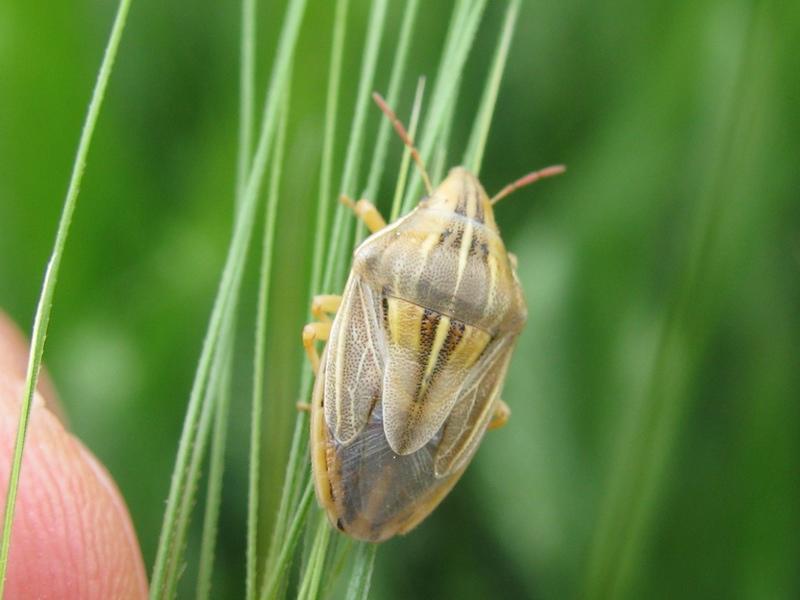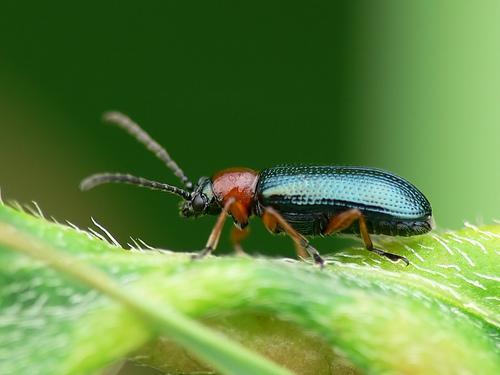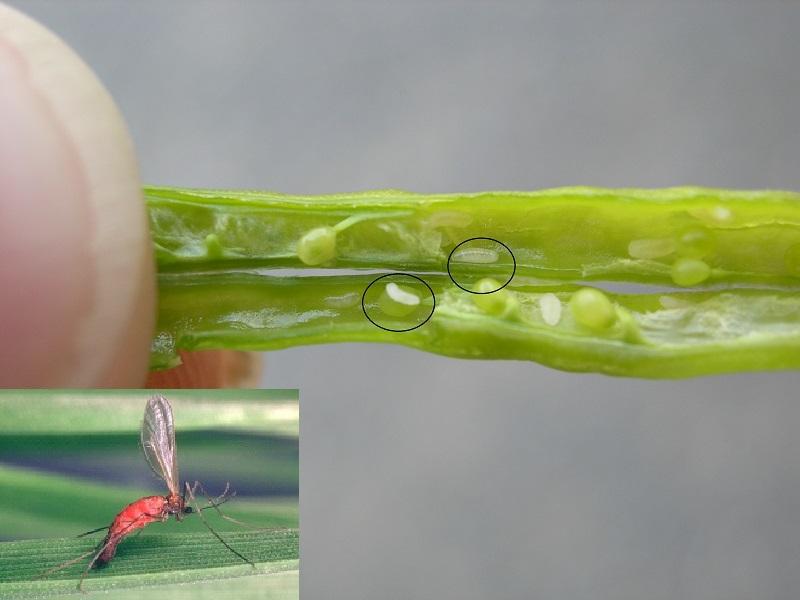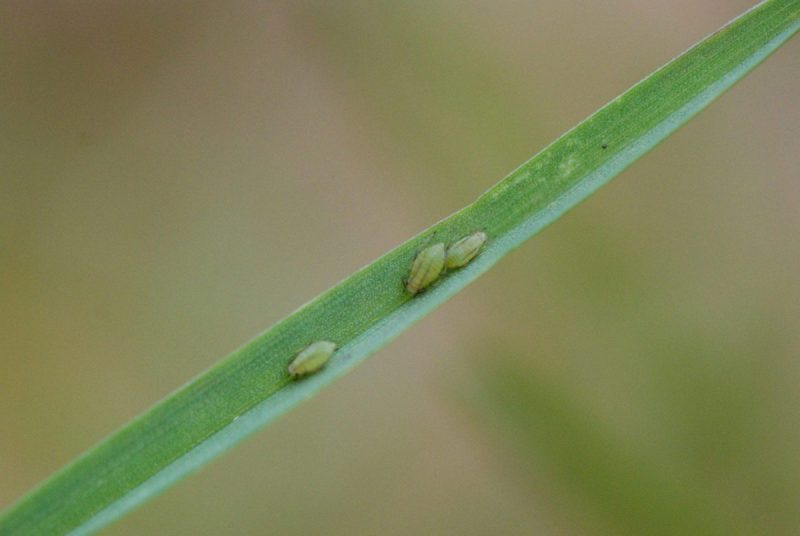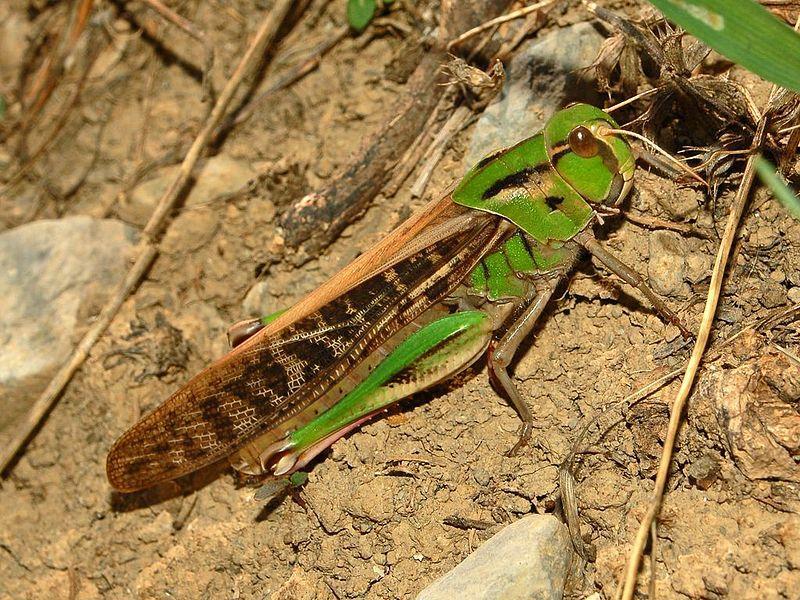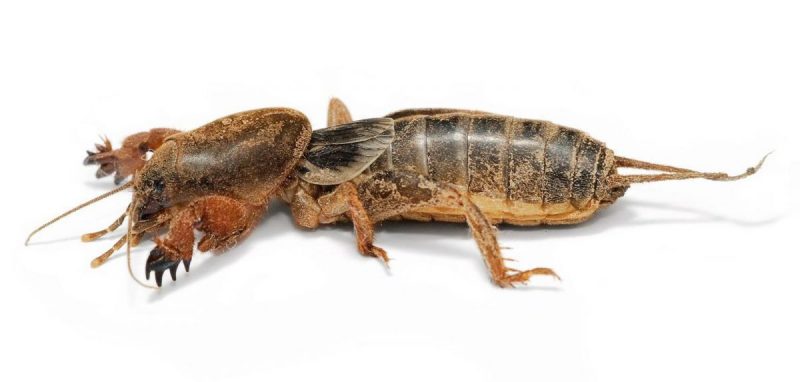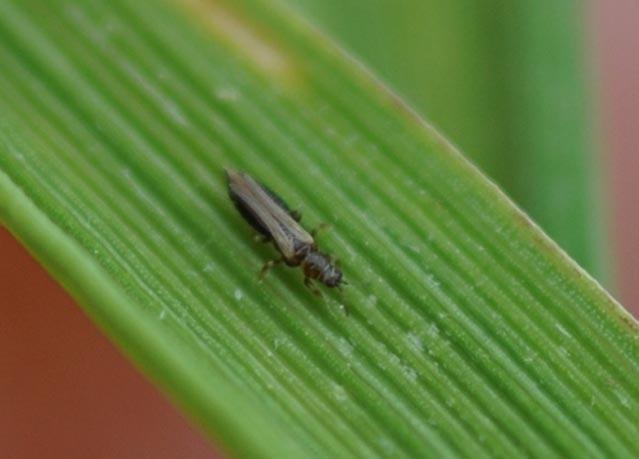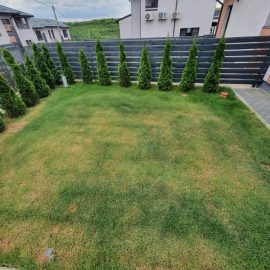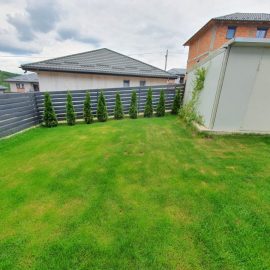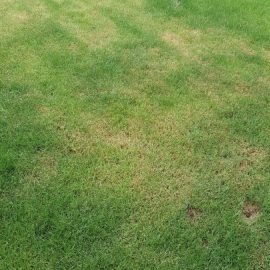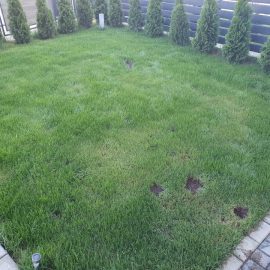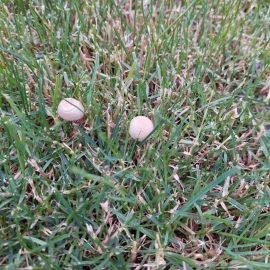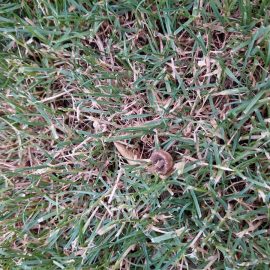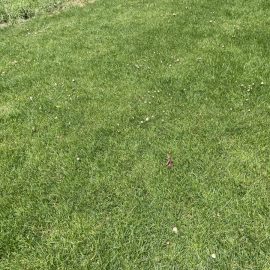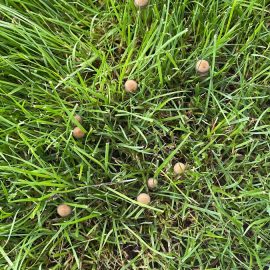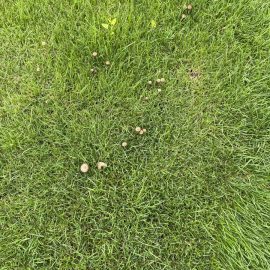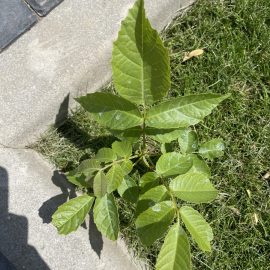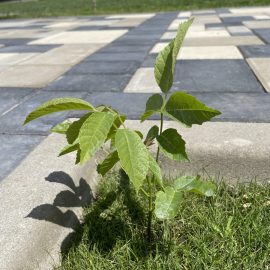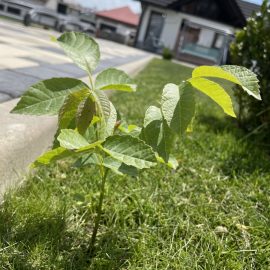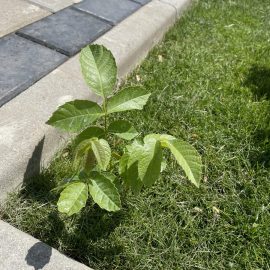Lawn, pest and disease control
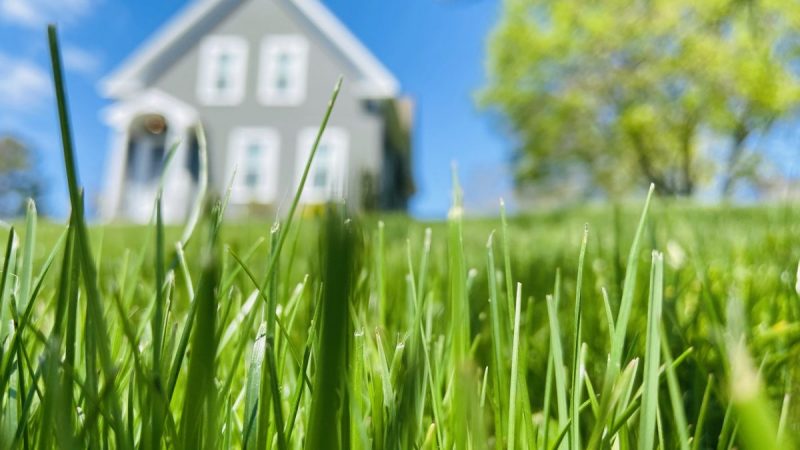
The lawn is an important element in most yards and gardens. Cultivation of lawn has the function of highlighting the rest of the decorative plants. The explosion of colors in the garden is much more pleasant with a green background, with which it comes in contrast. The beauty of your lawn is ensured by proper care of the plants that make up this wonderful natural carpet. Thus, it is essential to know the factors that can influence the lawn’s healthy appearance (diseases and pests). Due to the fact that the lawn is a mixture of gramineous plants, it shares a number of diseases and pests with these.
The main diseases that can affect the lawn
Most of the time, the problems that occur are determined by improper care. The biggest mistakes are represented by excessive irrigation, excessive fertilization, cultivating the lawn in shady areas, soil problems (example: acidic pH), or misuse of pesticides. All these maintenance works must be done with only one word in mind: balance (neither too much nor too little).
Barley yellow dwarf
This virus attacks cereals and other spontaneous gramineous plants. The attacked plants have a darker color, and then turn yellow. The virus attacks the plants even in the plantlet phase, producing severe dwarfism. If the plants are affected in the tillering phase, they germinate less, and the tips and ribs of the leaves are yellowed. The virus is transmitted through aphids and mites.
Prevention and control measures
- application of insecticides to control the insects that transmit this virus.
Powdery mildew (Erysiphe graminis)
The disease appears in the spring. On the basal leaves and on the stems appear white, pearly spots. The spots become dusty, and on them appear circular formations that represent the fructification of the fungus. The attack can spread quickly. The attacked tissues turn yellow and dry out. The leaves dry out prematurely and gaps may appear in the lawn. Wet autumn weather can cause fall infections. The appearance of the disease on the lawn is favored by excessive fertilization with nitrogen.
Prevention and control measures
- balanced fertilization;
- treatments with specific fungicides.
Septoria leaf blotch (Septoria tritici)
The main symptoms of this disease appear on the leaves. The first symptoms appear on the tips of the leaves in the form of yellow spots, which over time turn gray. The disease evolves and in the middle of the spots appear blackish punctiform formations, which represent the fructification of the fungus. The attacked leaves dry out prematurely, and the attacked plants no longer grow normally.
Prevention and control measures
- balanced fertilization;
- treatments with specific fungicides.
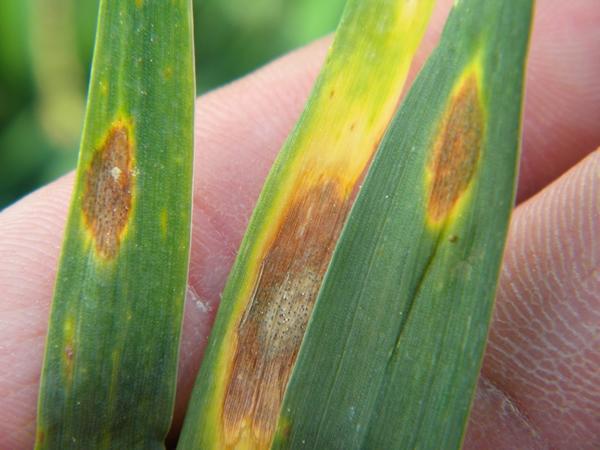
Wheat leaf rust (Puccinia recondita)
This disease occurs in early spring with the appearance of oval, elliptical or circular, rust-colored formations. Later, oval pustules appear on the underside, black in color, which are covered by the epidermis of the leaf. After the epidermis breaks, the formations become dusty, and the leaves turn yellow and dry out.
Prevention and control measures:
- balanced fertilization;
- treatments with specific fungicides.
Stripe rust (Puccinia striiformis)
This fungus attacks all the aerial organs of the plant. Rectangular, orange pustules develop on the attacked organs, arranged in parallel rows. The infection starts from the basal leaves. The attack results in premature drying of the leaves and a slowdown in plant growth.
Prevention and control measures:
- balanced fertilization;
- products that combat wheat leaf rust can also be used against stripe rust.
Stem rust (Puccinia graminis)
The symptoms of the disease are represented by the appearance of formations called pustules, on all the aerial organs of the plants. Unlike the wheat leaf rust or stripe rust, stem rust starts from the top.
Prevention and control measures:
- balanced fertilization;
- products that combat wheat leaf rust or stripe rust can also be used against stem rust.
Fusarium head blight (Gibberella zeae)
This disease appears in the years with hot and dry summers. The disease manifests itself from the plantlet phase when brown spots appear on the stems of the plants. Following the attack, the stems rot. When the fungus attacks in the tillering phase, the plants display brown spots at the base of the stems, which remain small.
Prevention and control measures:
- balanced fertilization;
- correct irrigation;
- treatments with specific fungicides.
Root rot (Gaeumannomyces graminis)
The attacked plants are easily recognizable because of their yellow color. If the plants are uprooted it can be seen that the root system is destroyed. Also, the base of the stem is covered with a brown mycelium. The attacked tissues necrotize. Following the attack, the plants dry out and gaps appear in the lawn.
Prevention and control measures:
- correct irrigation;
- balanced fertilization.
Eyespot (Pseudocercosporella herpotrichoides)
This disease causes significant damage to excessively irrigated land. The disease occurs in the fall. The fungus attacks the base of the stems. The symptoms are represented by the appearance of elliptical, whitish or yellow spots, bordered by a brown halo. In the center of the spots, the fructification of the fungus develops in the form of a black dot. Inside the stem, a gray felt develops that represents the mycelium of the fungus. The attacked plants break at the level of the lesions and, as a result, appear gaps in the lawn.
Prevention and control measures:
- balanced fertilization;
- correct irrigation;
- if the disease affects large areas of the lawn, treatments with specific fungicides can be applied.
Net blotch (Pyrenophora teres)
On the leaves at the base of the plant brown spots bordered by a brown-gray halo develop. The disease progresses, and in the center of the spots appears the fructification of the fungus, colored in dark brown. The spots merge and occupy large areas of the leaf. The attacked tissues dry out, break, and the leaf rips. The attacked plants become weak and the appearance of the lawn is affected.
Prevention and control measures:
- correct irrigation;
- balanced fertilization;
- treatments with specific fungicides.
Recommended products
-
You can find products on a different store
Change Store -
You can find products on a different store
Change Store -
You can find products on a different store
Change Store -
You can find products on a different store
Change Store -
You can find products on a different store
Change Store -
You can find products on a different store
Change Store -
You can find products on a different store
Change Store -
You can find products on a different store
Change Store -
You can find products on a different store
Change Store -
You can find products on a different store
Change Store -
You can find products on a different store
Change Store -
You can find products on a different store
Change Store -
You can find products on a different store
Change Store -
You can find products on a different store
Change Store -
You can find products on a different store
Change Store -
You can find products on a different store
Change Store -
You can find products on a different store
Change Store -
You can find products on a different store
Change Store -
You can find products on a different store
Change Store -
You can find products on a different store
Change Store -
You can find products on a different store
Change Store -
You can find products on a different store
Change Store -
You can find products on a different store
Change Store -
You can find products on a different store
Change Store
The main pests that can infest the lawn
Shield bug (Aelia sp.)
It produces one generation per year and overwinters in the adult stage in the foliage of forests or in other places sheltered from the weather. Adults appear in spring and lay eggs on the aerial organs of the plant. Adults and larvae feed on the cellular fluid of leaves and stems.
Prevention and control measures:
- treatments with specific insecticides.
Oat leaf beetle (Lema melanopa)
It produces one generation per year and overwinters in the adult stage in the foliage of roadside grasses, hedges, forests, etc. The adults usually appear in the second decade of April, they lay their eggs on the upper part of the leaves, close to the base, parallel to the main rib. Adults gnaw on the leaves, piercing both the epidermis and the parenchyma, and the larvae eat the topside epidermis and parenchyma, leaving the lower epidermis intact. In case of a strong attack, the entire foliage acquires the appearance of transparent membranes.
Prevention and control measures:
- treatments with specific insecticides.
Saddle gall midge (Haplodiplosis marginata)
It produces one generation per year and overwinters in the larvae stage in the soil. At the end of April – beginning of May, the larvae rise to the surface of the soil and pupate. Adults develop after 4-5 days and lay their eggs on the top leaves. Eggs and larvae are sensitive to dryness. After hatching, the larvae penetrate under the leaf pod where they become attached. In the attacked areas, the fluid-conducting vessels are destroyed. As a result, the plants become weak and have an unsightly appearance.
Prevention and control measures:
- treatments with specific insecticides.
Wheat aphid (Schizaphis graminum)
It produces 15-20 generations per year and overwinters in the egg stage on different species of plants. Adults and larvae colonize the leaves and stems, where they feed on cellular fluid. The attacked leaves have red spots, curl up, and then dry. Strong attacks cause the plants to dry out.
Prevention and control measures:
- weed destruction;
- treatments with specific insecticides.
Migratory locust (Locusta migratoria)
It is a polyphagous species that have high ecological plasticity. It produces only one generation per year and overwinters in the egg stage in the surface layer of the soil. It attacks the aerial parts of the plants. It is a very dangerous species and it is difficult to fight because it attacks in colonies. Thus, in a few hours, it can destroy the whole lawn.
Control measures:
- application of treatments with specific insecticides immediately after detecting the infestation.
Mole cricket (Gryllotalpa gryllotalpa)
It is omnivorous, feeding on the vegetal substrate, earthworm, and various larvae or insect carcasses. The damage caused is direct, by gnawing on the root system of plants. The attacked plants wither and bend to the ground.
Control measures:
- application of specific insecticides on the soil.
Nematodes
They are microscopic pests that attack most plant species. They produce many generations per year and multiply very quickly. The larvae penetrate the root system and settle in the fluid-conducting vessels. During feeding, they secrete a toxin that causes tissue hypertrophy. The attacked plants stagnate and dry out. As a result, gaps will appear in the lawn. This pest is very difficult to identify.
Control methods:
- treatments with specific products.
Thrips (Thrips sp.)
They are small insects, difficult to see with the naked eye, which attack a large number of cultivated plants. They colonize the leaves, causing the plants to dwarf. Thrips can also cause indirect damage by transmitting viruses.
Control methods:
- the use of traps with attractants;
- treatments with specific insecticides.
Gray slug (Deroceras agreste)
It is a polyphagous species that attacks many plants. It causes great damage to vegetable crops and lawns. It consumes the leaves, and as the attack progresses, the entire foliar apparatus of the plant is destroyed.
Control methods:
- application of specific insecticides on the soil.
Recommended products
-
You can find products on a different store
Change Store -
You can find products on a different store
Change Store -
You can find products on a different store
Change Store -
You can find products on a different store
Change Store -
You can find products on a different store
Change Store -
You can find products on a different store
Change Store -
You can find products on a different store
Change Store -
You can find products on a different store
Change Store -
You can find products on a different store
Change Store -
You can find products on a different store
Change Store -
You can find products on a different store
Change Store -
You can find products on a different store
Change Store -
You can find products on a different store
Change Store -
You can find products on a different store
Change Store -
You can find products on a different store
Change Store -
You can find products on a different store
Change Store -
You can find products on a different store
Change Store -
You can find products on a different store
Change Store -
You can find products on a different store
Change Store -
You can find products on a different store
Change Store -
You can find products on a different store
Change Store -
You can find products on a different store
Change Store -
You can find products on a different store
Change Store -
You can find products on a different store
Change Store














































































































































































































































































































































































































































